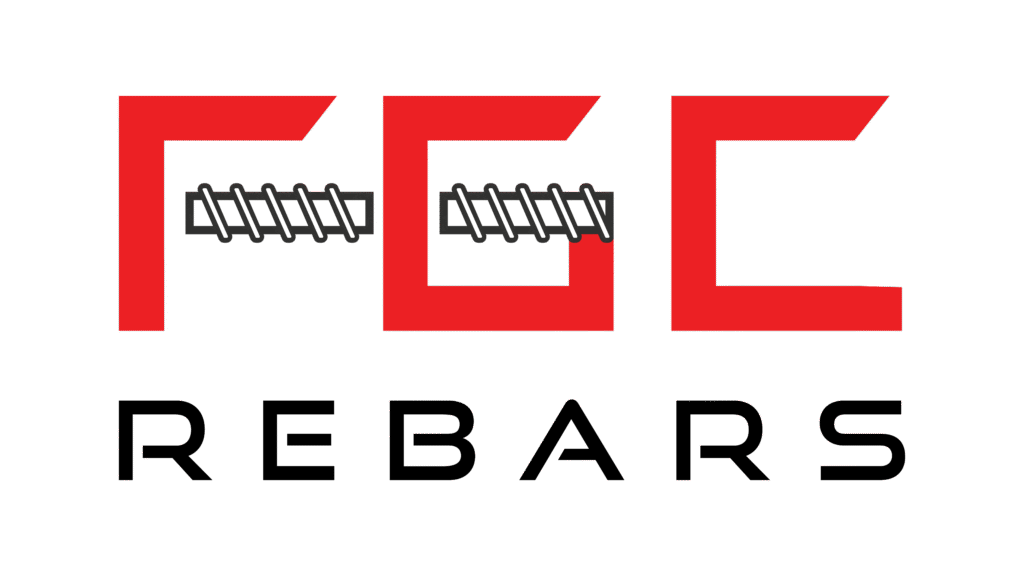As builders and engineers look to improve cost-efficiency, corrosion resistance, and speed on-site, a common question arises: Can ReDbar and TMT be used together in the same structure? The answer is yes — with the right strategy. While ReDbar (Fiberglass Composite Rebar) and TMT (steel) have different mechanical properties, they can be safely and effectively used together in certain applications like slabs, retaining walls, and water drains, especially when each is assigned to the role it performs best.
Understanding the Difference: ReDbar vs TMT Steel
Before we look at where they can be used together, here’s a quick comparison:
| Property | TMT Steel | ReDbar (FGC Rebar) |
|---|---|---|
| Corrosion Resistance | Low | High (non-corrosive) |
| Bending Flexibility | High | Limited (cannot crank easily) |
| Weight | Heavy | ¼ the weight of TMT |
| Tensile Strength | ~500 MPa | ~1000–1200 MPa |
| Thermal Conductivity | High | Very Low |
| Magnetic Properties | Magnetic | Non-magnetic |
Where You Can Use ReDbar with TMT in the Same Structure
Slabs – TMT as Main Bar, ReDbar as Distribution Bar
In RCC slabs, you can use TMT for the main reinforcement bars (which carry the load) and ReDbar as distribution bars (which handle spacing and crack control). Since distribution bars do not need crank bends, the bending limitations of ReDbar aren’t an issue.
Why this works:
-
ReDbar’s high corrosion resistance increases the life of slabs in coastal or moisture-prone areas.
-
Lighter and easier to handle, reducing labor fatigue and cutting time.
-
Saves cost on corrosion-prone parts of the slab
In retaining walls, the main vertical steel (facing high load and bending) is best done with TMT, but horizontal distribution bars can be safely replaced with ReDbar.
Benefits:
-
Reduces steel quantity in non-critical zones.
-
Enhances durability near moisture or soil contact.
-
Speeds up installation on-site.
Water U-Drains – ReDbar as Distribution Rod
For concrete U-drains or water channels, TMT bars are often used for structural integrity, but ReDbar is an ideal replacement for distribution rods or secondary reinforcement. These parts are highly vulnerable to corrosion from continuous water contact.
Advantages:
-
100% rust-proof; maintains performance in wet conditions.
-
Lightweight and non-metallic – ideal for precast and easy handling.
-
Reduces long-term maintenance in drainage systems.
Where NOT to Mix ReDbar and TMT
-
Same element in same load path: Don’t mix ReDbar and TMT bars within the same main reinforcement system (e.g., both acting together as main bars in beams or columns) because of different elasticity and load-sharing behavior.
-
Cranked or bent-up main bars: Avoid using ReDbar where sharp bends or crank angles are required due to its limited bending flexibility.
Why Mixing ReDbar and TMT Can Be Smart (When Done Right)
-
Strategic Material Optimization – Use TMT where high bending is needed; use ReDbar where corrosion protection is priority.
-
Reduced Corrosion Risk – ReDbar enhances structural life in exposed or water-prone zones.
-
Faster Handling – Lightweight ReDbar speeds up labor and reduces fatigue.
-
Design Flexibility – Great for modern RCC designs with composite applications.
Final Verdict: Yes, You Can Mix ReDbar with TMT — When You Know Where
Using ReDbar with TMT in slabs, retaining walls, and drainage structures is not only acceptable but beneficial — as long as each material is used in the right role. For structural loads and bending, TMT still leads. But for distribution, anti-corrosion zones, and non-load applications, ReDbar brings unmatched durability and efficiency to your site.
Conclusion: Use ReDbar and TMT Together — The Smart Way
Yes, it is okay to mix ReDbar with TMT in the same structure, when you apply each material where it performs best. TMT remains the go-to for high-load zones and crank bars, while ReDbar is ideal for distribution rods, especially in slabs, retaining walls, and water U-drains where corrosion is a concern.
By combining both materials strategically, you get the strength of steel where needed and the long-lasting durability and corrosion resistance of ReDbar where steel tends to fail. This hybrid approach ensures cost savings, longer lifespan, and better performance, particularly in modern RCC and pre-engineered projects.



